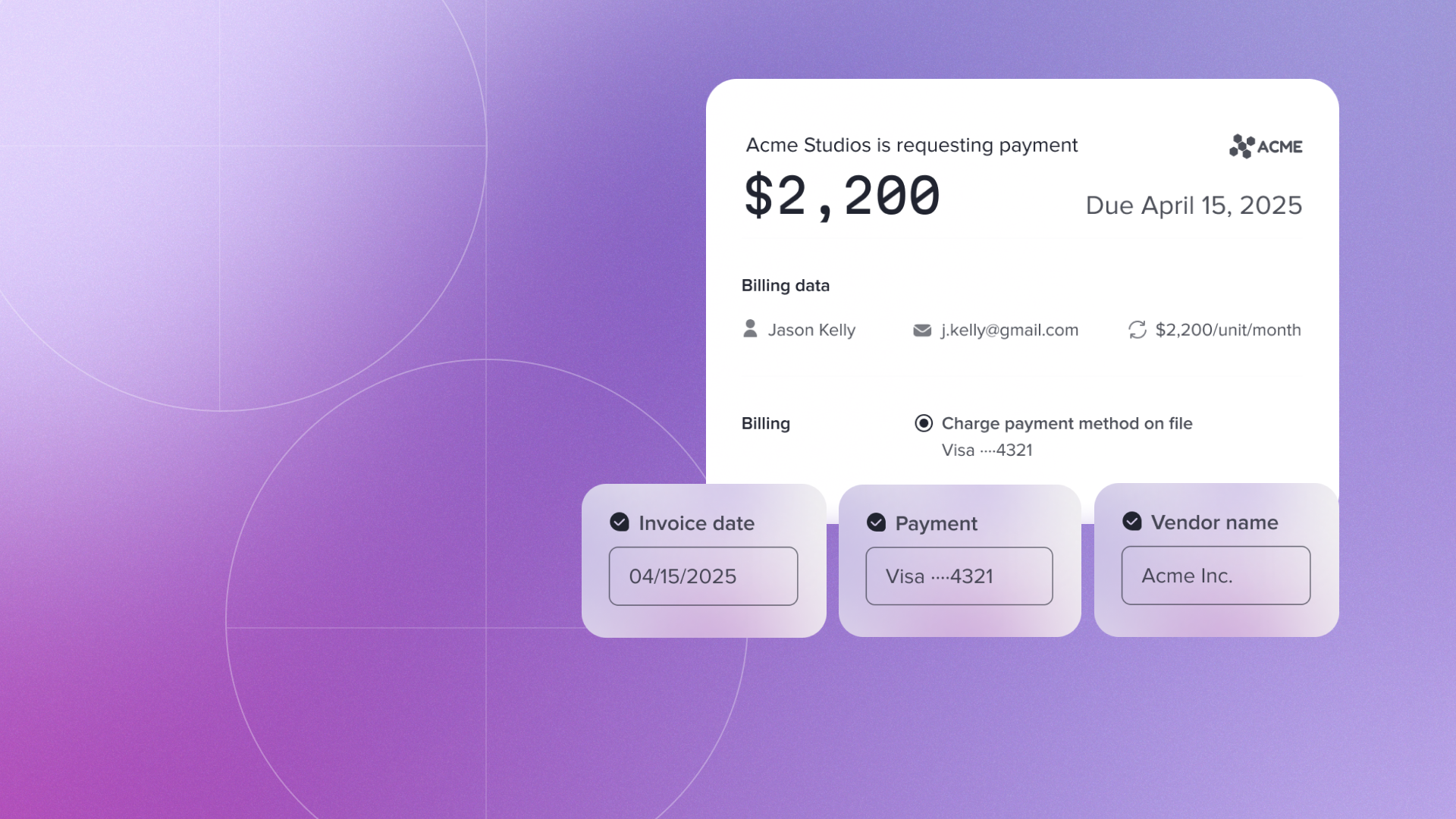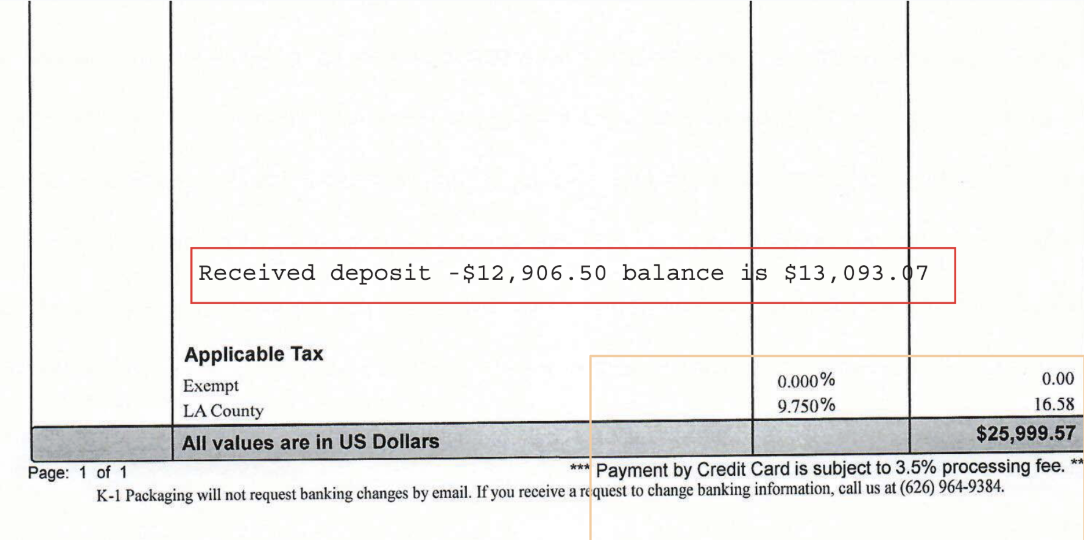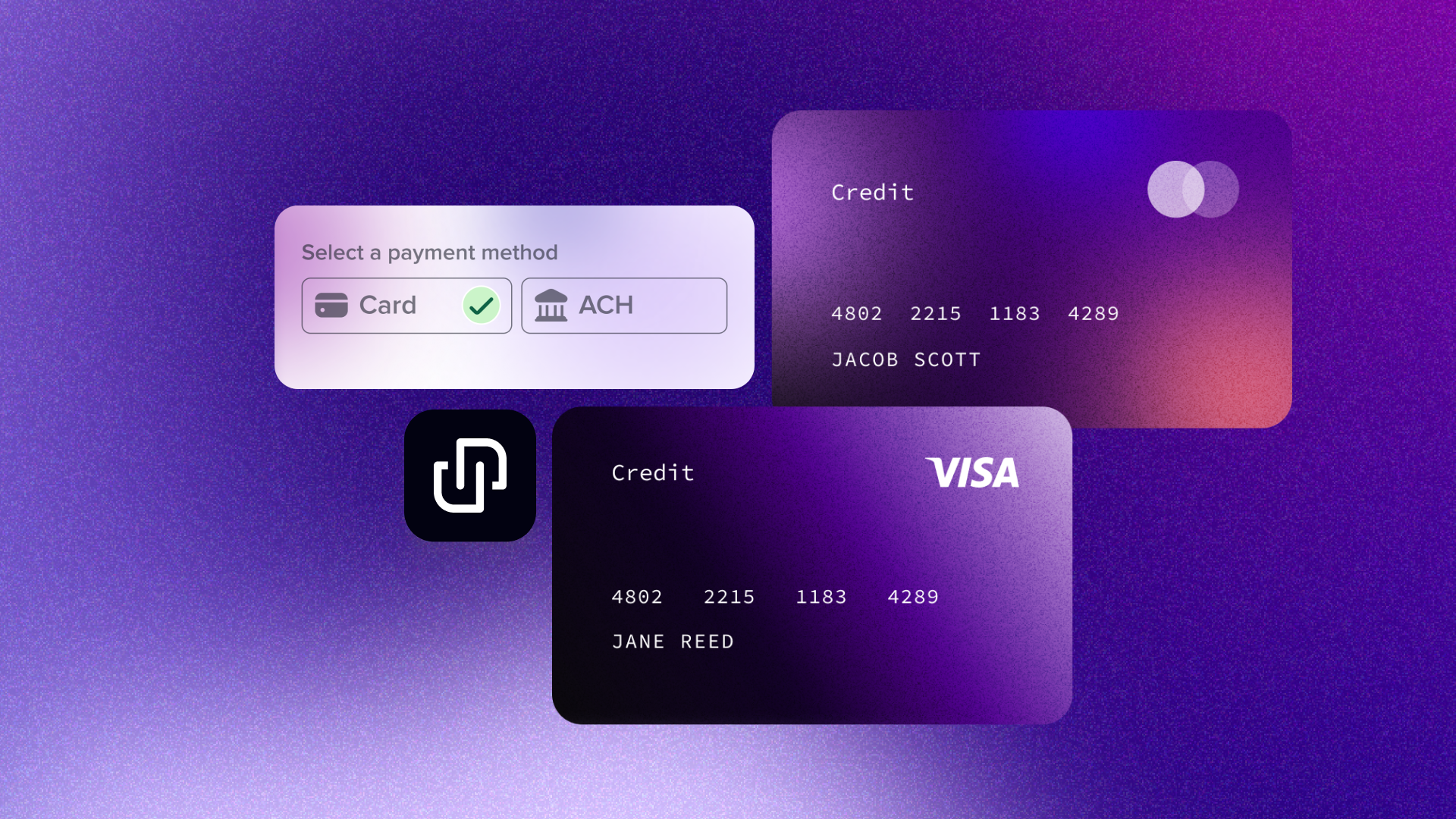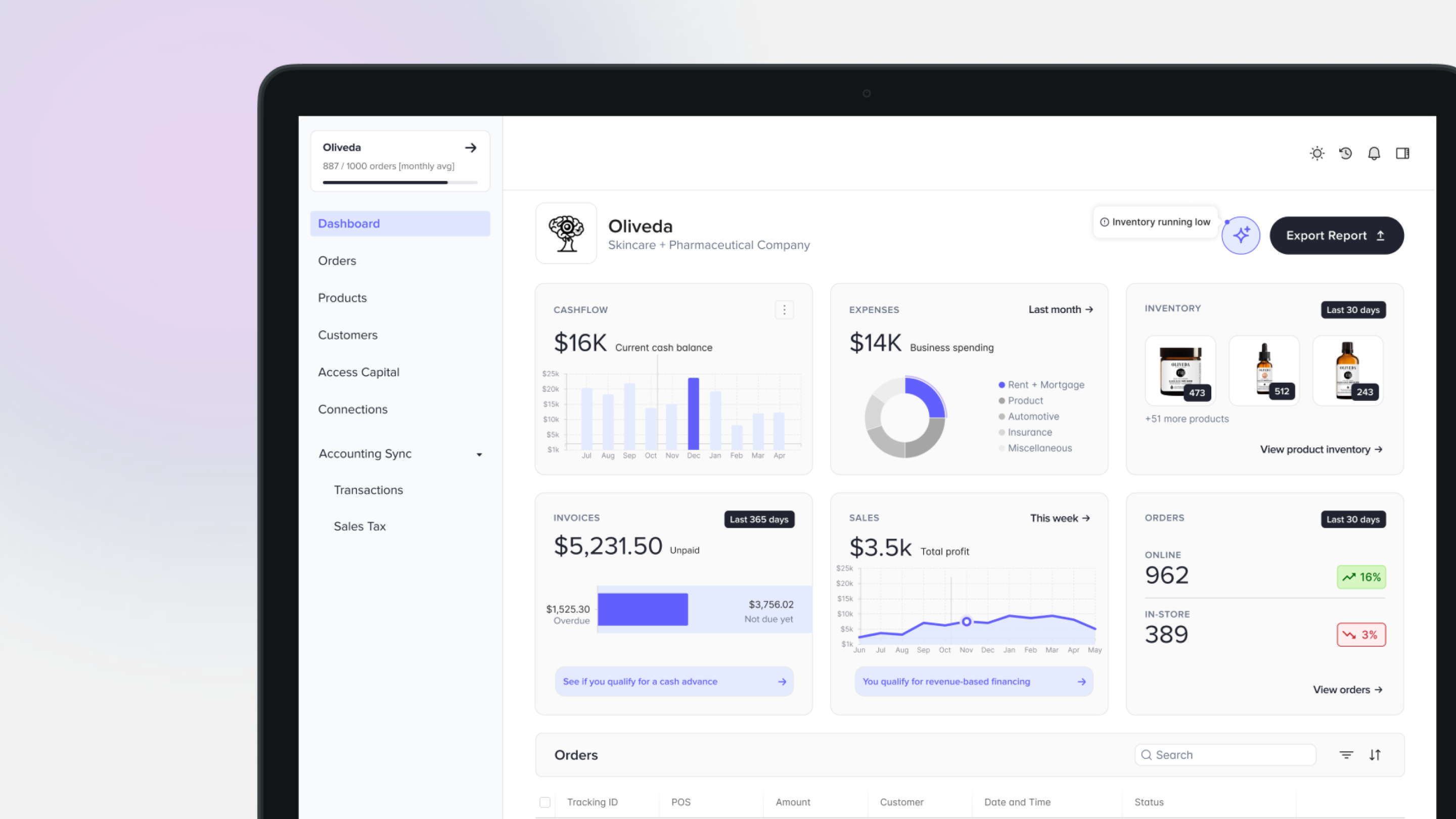
The Problem with Payment network APIs
When it comes to checking whether vendors accept card or not, the common practice today is using basic matching APIs from Visa & Mastercard. However, as we shared in the previous blog post, this leads to very limited results.
ERP and accounting data is one of the most high quality datasets used to assess vendor cardability. Every small business needs to track their financials, purchases, and procurement in their ERP for audits, taxes, and reconciliation, so the data tends to be precise and up-to-date over the last few years. In our experience, the ERP data comes in 2 forms: structured and unstructured data.
Structured ERP data provides a foundational view of vendor spend
Structured data consists of data entered in manually by accountants or automatically synced from external softwares like a CRM or T&E system. These include data points like vendor names, addresses, phone numbers, emails, along with on a per transaction-level data points like which G/L account was used to pay for an expense/bill, and which subsidiary the transaction was for.
One benefit of using structured data from the ERP is to retrieve as much data about a vendor as possible for matching purposes. For internal vendor resolution or using external APIs like Visa/Mastercard to identify vendor cardability, the best results come from having clean vendor names, addresses, and other identifying information. Instead of requesting these fields manually from your client, the ERP data can fully export this information if it’s available in the system.
The other benefit of using structured ERP data is to look at previous transactions to understand what payment methods the client is using to pay today. In many ERPs, there are accounts assigned to specific payment methods, e.g. Check/ACH or Credit Card. For example, on a vendor bill the account used for payment might be called “10182 BOA-8780 (A1-Spokane)”. You can interpret this as a Bank of America checking account based on the ERP data. Meanwhile “21345 AMEX-1152 (A1-Spokane)” would be interpreted as an Amex credit card account. By looking at these data points, you can build a picture of all vendors currently accepting credit card for a specific client based on their historical data.
Unstructured ERP data is rich in granular vendor cardability data
Unstructured data from the ERP consists of files & attachments that are uploaded to complement structured transaction data, for example vendor invoices or receipts in PDF form. Unstructured data is typically absent from any vendor spend report that can be exported from an ERP, and requires the right integration to retrieve this data and process it.
A key benefit of looking at vendor invoices & receipts is that they typically contain very granular information about vendor card acceptance & card fees. Here is an example:

This invoice from a vendor contains clear information about payment through credit card, and the processing fee the vendor charges for using card. This information is usually not stored in structured data in the ERP and can only be extracted from these files.
Another benefit of looking at vendor files is that they may contain links to payment portals that also have granular information around card acceptance and fees. For example, many vendor invoices are generated & processed via Intuit QuickBooks, Xero, Stripe, or Square. If you were to navigate to a payment link on those platforms, part of the payment process involves selecting a payment method out of several options and understanding any fees associated with them. By navigating to these links by extracting them out of invoices, you can gain even more data into vendor card acceptance.
In our experience, we have seen 4x-5x more data on card processing fees and card acceptance from extracting & processing structured/unstructured vendor ERP data. Rutter’s Supplier Enablement offering leverages our ERP integration platform to automatically extract vendor cardability signals from these sources. To learn more, book a demo with us today.





